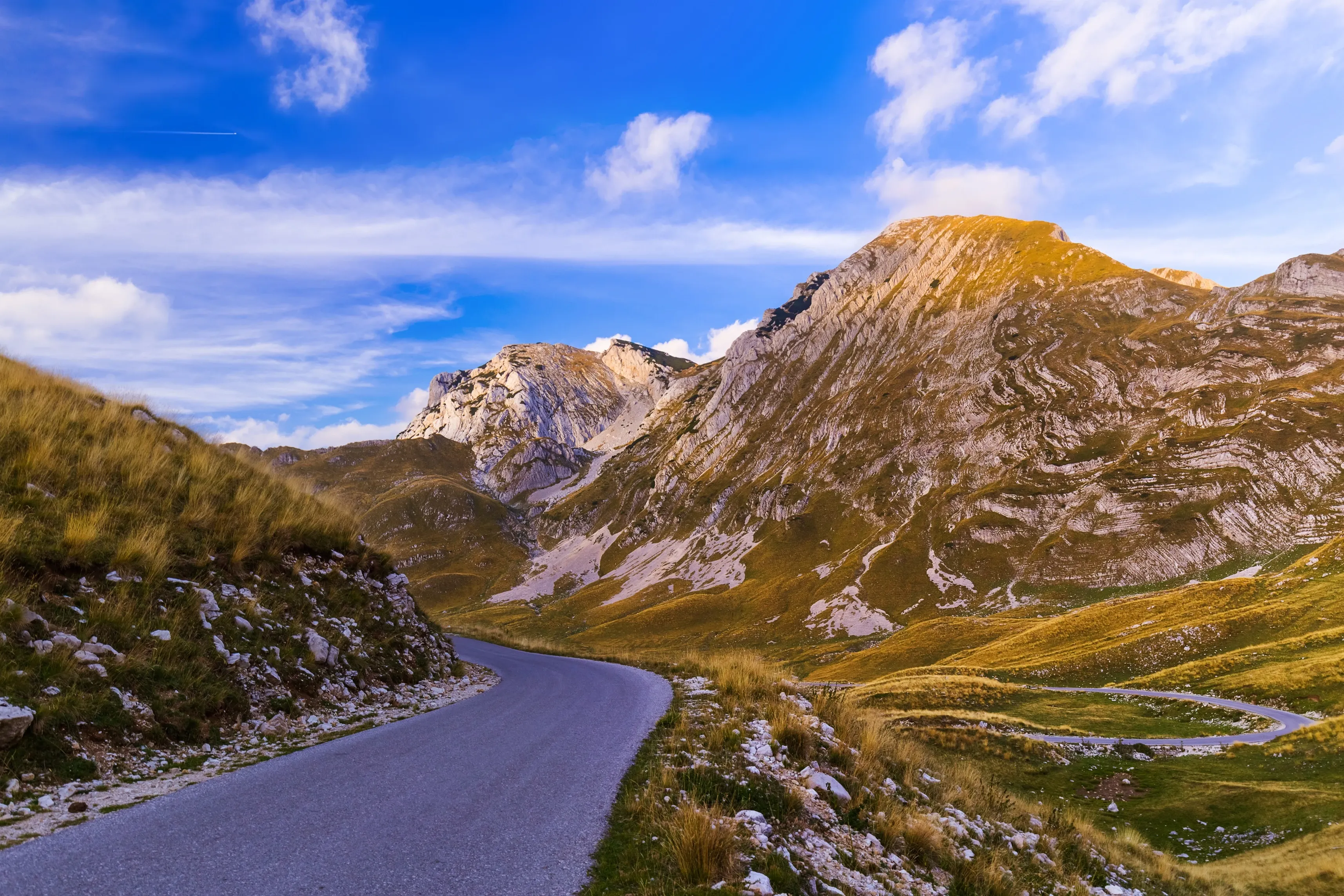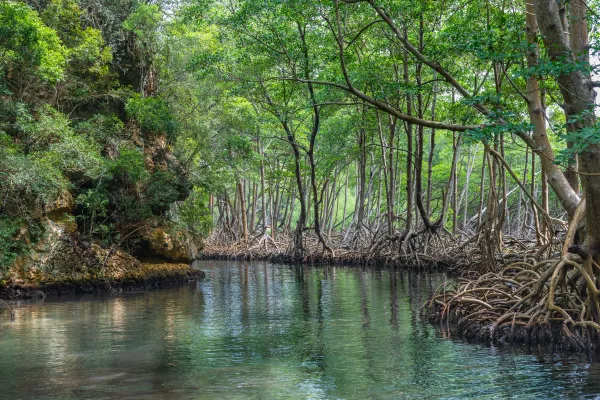Europe’s ecological backbone: Mountains
Europe is home to some of the world's most stunning natural landscapes. One of the most remarkable features of the continent is its extensive mountain ranges that span across many countries. These majestic peaks not only offer breathtaking views and recreational activities but also play a vital role in sustaining the ecological balance of the continent.
Mountains have been significant in shaping Europe's geography, biodiversity, and cultural identity. They are often referred to as the ecological backbone of the continent. Mountains are the sources of numerous rivers that provide freshwater, which is essential for human consumption, irrigation, and powering hydroelectric plants. The high elevations create different microclimates and habitats, leading to an array of flora and fauna, many of which are unique to the mountains.
1. The Alps
The Alps are the largest mountain range in Europe. They stretch over 1200 kilometres and go through eight countries. The Alps are renowned for their picturesque snow-capped peaks, pristine glaciers, and pristine alpine meadows. The mountain range is home to numerous iconic peaks, including Mont Blanc, the highest peak in Western Europe, and the Matterhorn, a popular destination for skiers and mountaineers.
The Alpine region supports a rich diversity of flora and fauna, including 30,000 plant species and over 80 mammal species, such as chamois, ibex, and brown bears. The mountain range is also a significant source of freshwater for surrounding regions, with many rivers originating in the Alps, including the Rhine, and Po rivers.

2. The Carpathians
The Carpathians are a range of mountains that stretch over 1,500 km across Central and Eastern Europe, including Slovakia, Poland, Romania, and Ukraine. The mountain range is the third-longest in Europe and is characterized by its diverse landscapes, including high peaks, vast forests, and rolling hills.
The Carpathians are home to over 4,000 plant species and numerous animal species, such as wolves, bears, and lynx. The region is also rich in natural resources, including timber, minerals, and freshwater, which is a vital resource for the surrounding regions. The mountain range plays a crucial role in regulating the climate of the region, with its forests acting as carbon sinks and regulating water cycles.
3. The Pyrenees
The Pyrenees are a range of mountains that separate Spain and France, extending over 430 km. The region is home to a wealth of diverse landscapes, including high peaks, glacial lakes, and picturesque valleys. The Pyrenees are famous for their trekking trails and mountain sports, such as skiing and mountaineering.
The Pyrenees' unique geography and climate have resulted in a diverse range of ecosystems, including alpine grasslands, oak forests, and Mediterranean scrublands. The mountain range is also home to several endangered species, such as the Iberian lynx and the Pyrenean desman. The region's rivers are a vital source of freshwater, with the Garonne and Ebro rivers originating in the Pyrenees.

4. The Scottish Highlands
The Scottish Highlands are a mountainous region located in the northwest of Scotland. The region is famous for its rugged landscapes, including high peaks, lochs, and dramatic coastline. The Scottish Highlands are a popular destination for outdoor enthusiasts, with numerous trekking trails, fishing spots, and opportunities for wildlife viewing.
The Scottish Highlands are home to several rare and endangered species, such as the Scottish wildcat, the red squirrel, and the golden eagle. The region's rivers, lochs, and wetlands are a vital source of freshwater and provide critical habitats for fish, birds, and other aquatic species.

5. The Balkan Mountains
The Balkan Mountains, also known as the Stara Planina, are a range of mountains that stretches over 500 km across Bulgaria, Serbia, and Romania. The mountain range is an important ecological hotspot in Europe. Its unique geography and climate create a wide range of ecosystems and habitats.
The Balkan Mountains are home to over 2,000 plant species, many of which are endemic to the region, such as the Balkan primrose and the Balkan bellflower. The mountain range is also home to several animal species, including wolves, bears, and lynx, as well as numerous bird species, such as the golden eagle and the Eurasian eagle-owl.
The Balkan Mountains are also a major source of fresh water. Many rivers and streams, like the Maritsa, start in the mountain range.The mountain range is also home to several mineral springs and spas, which are popular for their therapeutic properties.
Ecological importance of mountains in Europe
Mountains play a vital role in maintaining the ecological balance of Europe. They regulate the water cycle by acting as water reservoirs and sources of freshwater. The high elevations of the mountains create different microclimates, leading to a rich diversity of flora and fauna, many of which are unique to the mountain regions. The forests in the mountains also act as carbon sinks, helping to regulate the climate and maintain air quality.
In addition to their ecological importance, mountains also play a crucial role in supporting human communities. They provide a range of ecosystem services, such as freshwater, timber, and medicinal plants. Mountains are also popular tourist destinations, providing recreational opportunities and contributing to the local economies.
Challenges and threats
Despite their ecological and cultural importance, mountain ecosystems in Europe are facing numerous challenges and threats. Climate change is causing significant changes to the mountain ecosystems, including melting glaciers, altered precipitation patterns, and an increased risk of natural disasters such as landslides and avalanches.
Human activities such as logging, mining, and agriculture are also putting pressure on the mountain ecosystems. Overgrazing by livestock, for example, can lead to soil erosion and the loss of vegetation, causing a decline in biodiversity. Invasive species are also becoming a significant threat to mountain ecosystems, with non-native species outcompeting native species for resources and causing ecological imbalances. It is important to protect and preserve these important ecosystems so that future generations can continue to enjoy their ecological, cultural, and economic benefits.
Sign up for the newsletter
By clicking on “Subscribe now” I will subscribe to the Conscious Explorer newsletter with all the information about mindful travel. Information on the success measurement included in the consent, the use of the shipping service provider MailChimp, logging of the registration and your rights of revocation can be found in our privacy policy.










